Susan Polgar - Learn Chess the Right Way: Book 3: Mastering Defensive Techniques
Here you can read online Susan Polgar - Learn Chess the Right Way: Book 3: Mastering Defensive Techniques full text of the book (entire story) in english for free. Download pdf and epub, get meaning, cover and reviews about this ebook. year: 2020, publisher: Russell Enterprises, Inc., genre: Home and family. Description of the work, (preface) as well as reviews are available. Best literature library LitArk.com created for fans of good reading and offers a wide selection of genres:
Romance novel
Science fiction
Adventure
Detective
Science
History
Home and family
Prose
Art
Politics
Computer
Non-fiction
Religion
Business
Children
Humor
Choose a favorite category and find really read worthwhile books. Enjoy immersion in the world of imagination, feel the emotions of the characters or learn something new for yourself, make an fascinating discovery.
- Book:Learn Chess the Right Way: Book 3: Mastering Defensive Techniques
- Author:
- Publisher:Russell Enterprises, Inc.
- Genre:
- Year:2020
- Rating:5 / 5
- Favourites:Add to favourites
- Your mark:
Learn Chess the Right Way: Book 3: Mastering Defensive Techniques: summary, description and annotation
We offer to read an annotation, description, summary or preface (depends on what the author of the book "Learn Chess the Right Way: Book 3: Mastering Defensive Techniques" wrote himself). If you haven't found the necessary information about the book — write in the comments, we will try to find it.
The Polgar Way to Better Chess! Learn Chess the Right Way is a five-volume chess puzzle book series aimed at the novice, beginner and intermediate level player, using the unique methods of the award-winning coach and former world champion Susan Polgar. It introduces the most important checkmate and material-winning tactics, as well as defensive techniques to the new chess player. Each of the five volumes will consist of over 500 puzzles. In Volume 3, you will be introduced to 500 must-know defensive techniques. Each chapter will start with a few introductory examples and explanation about to what to look for in the puzzles that follow. In chapter 1, the task is to move an attacked piece. In each puzzle, there is only one good solution by moving the attacked piece to a safe square. In chapter 2, one of the kings is in check. The goal is to find the correct response. In chapter 3, a piece is attacked, but has no good square to which to move. So, rather than moving the attacked piece(s), you will need to look for a way to protect it with another piece. In chapter 4, we focus on defensive ideas against a direct checkmate threat. In chapter 5, one side defends by counter-attacking. In chapters 6 and 7, you will be introduced to the game-saving techniques of drawing by stalemate or perpetual check. In chapter 8, the task is to catch a pawn that is about to promote. In chapter 9, a certain piece is about to get trapped. The task is to prepare for the attack and avoid material loss. Finally, in chapter 10, you can practice solving a variety of defensive ideas, with the goal to avoid or minimize material losses or being checkmated. With over 40 years of experience as a world-class player and coach, international grandmaster Susan Polgar has developed the most effective way to help young players and beginners Learn Chess the Right Way. Let her show you the way to understanding the most common and critical patterns and let her show you the way to becoming a better player.
Susan Polgar: author's other books
Who wrote Learn Chess the Right Way: Book 3: Mastering Defensive Techniques? Find out the surname, the name of the author of the book and a list of all author's works by series.

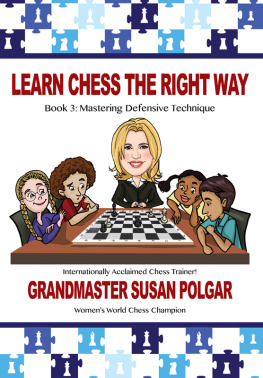
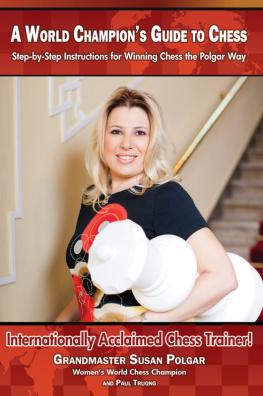


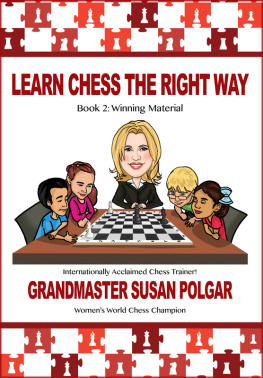
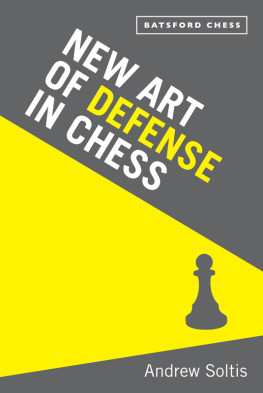
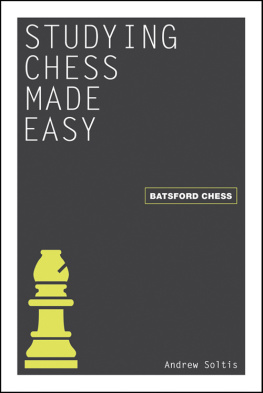
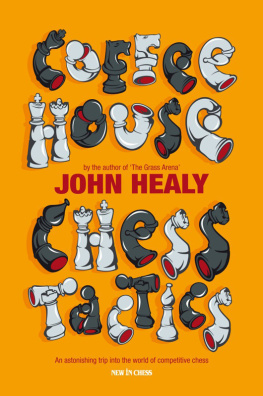
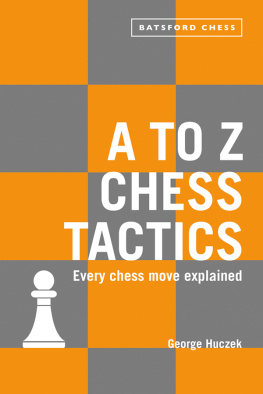
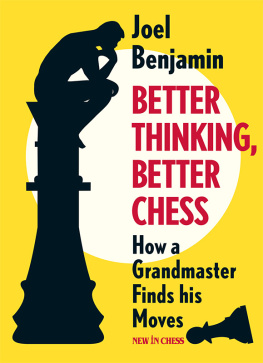
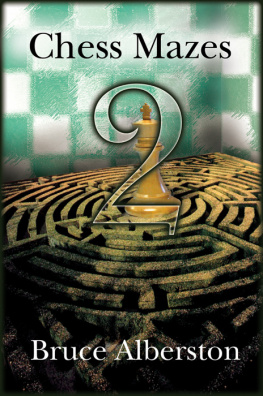

 2016
2016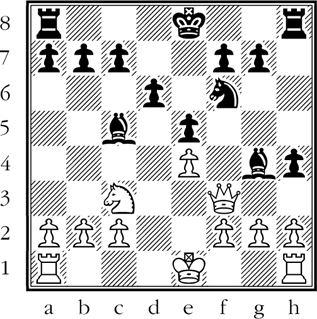 White to move Blacks last move was Bc8-g4, attacking the white queen on f3. If White captures the bishop on g4, Black would simply recapture with Nxg4, thereby winning a queen while only losing a bishop. In other words, White would lose 6 points based on the relative value table above. The same material loss would occur if White were to capture the black knight with Qxf6 after which Black responds with g7xf6.
White to move Blacks last move was Bc8-g4, attacking the white queen on f3. If White captures the bishop on g4, Black would simply recapture with Nxg4, thereby winning a queen while only losing a bishop. In other words, White would lose 6 points based on the relative value table above. The same material loss would occur if White were to capture the black knight with Qxf6 after which Black responds with g7xf6.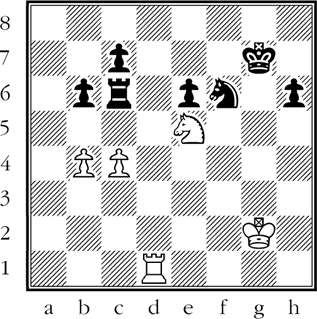 Black to move Here, Whites last move was Nf3-e5, attacking Blacks rook on c6. Whites pawn on c4 is safe as after Rxc4, the white knight would capture Blacks rook there.
Black to move Here, Whites last move was Nf3-e5, attacking Blacks rook on c6. Whites pawn on c4 is safe as after Rxc4, the white knight would capture Blacks rook there.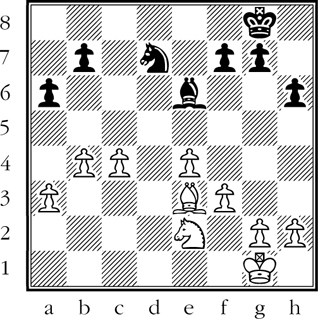 White to move Every piece is important in chess. Generally, you would not want to lose even the lowest valued piece (a pawn) for no reason. In the position above, the white pawn on c4 is hanging, which is a chess word for a piece under attack without protection.
White to move Every piece is important in chess. Generally, you would not want to lose even the lowest valued piece (a pawn) for no reason. In the position above, the white pawn on c4 is hanging, which is a chess word for a piece under attack without protection.